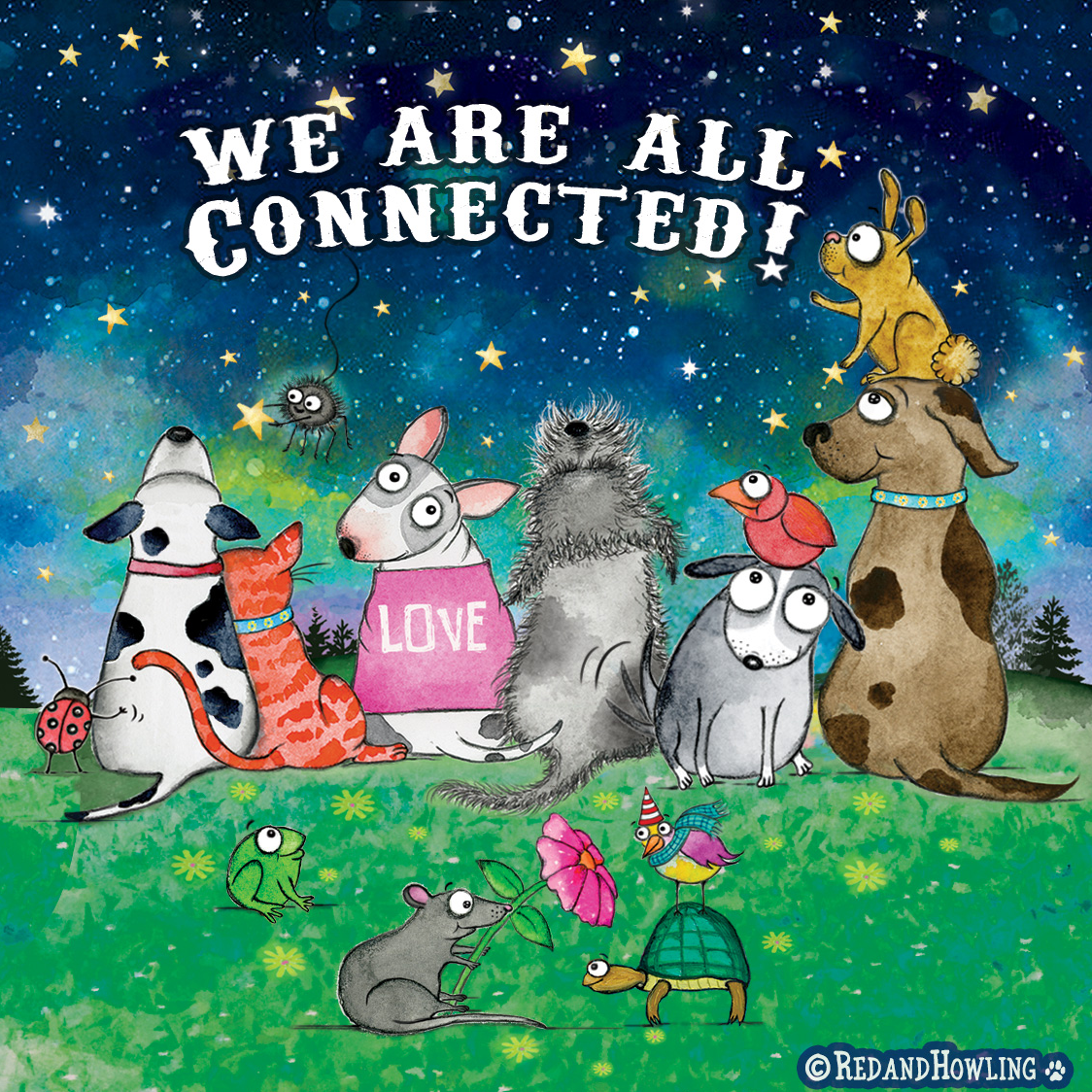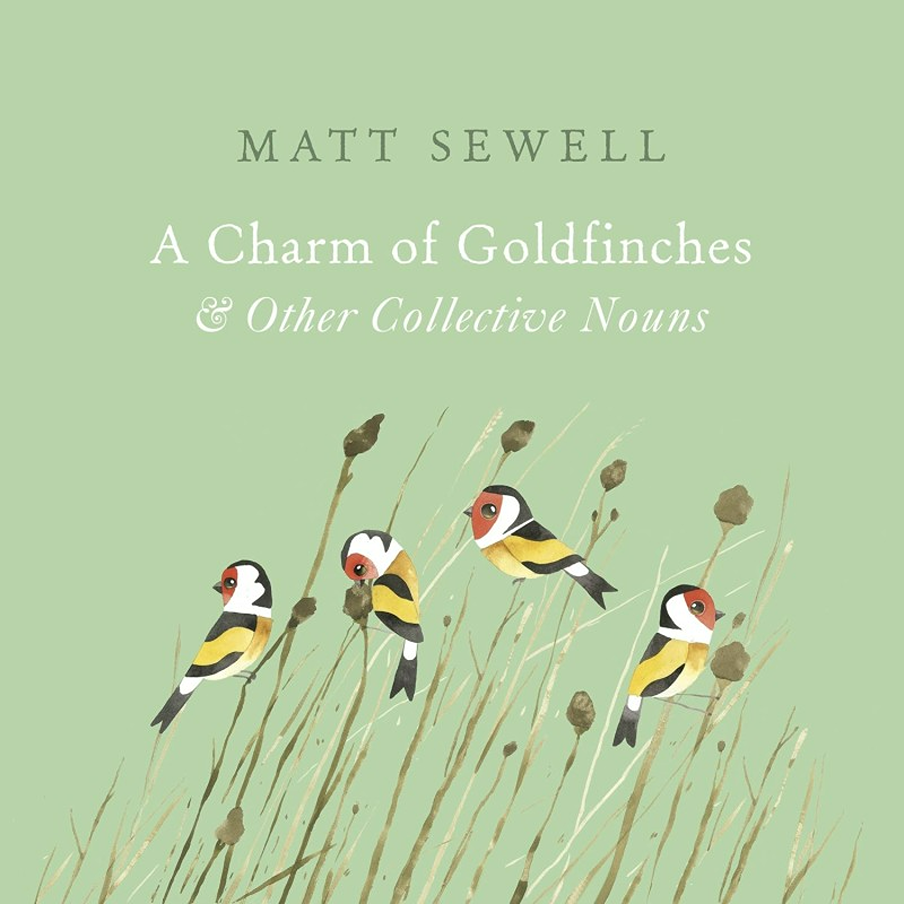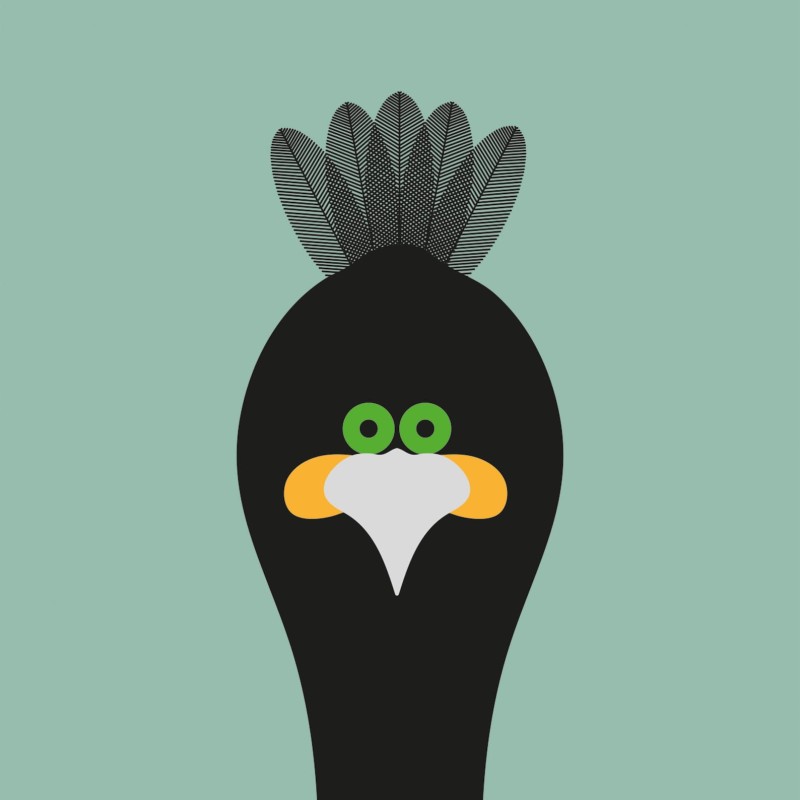Keeping Pets Safe at Christmas (Simple Tips)

As much as we love decking the halls, Christmas brings a long list of household hazards for pets. With new sounds, scents, and colours filling every room, animals can get themselves into trouble without warning.
Keeping your home pet-proofed helps the whole family relax and enjoy every moment. Here are some simple ways to keep your space truly pet-friendly through the holidays.
With visitors coming and going, doors get left open and pets may slip out. Keep animals in another room when guests (or posties) arrive or leave. Make sure tags are up to date. Microchipping gives peace of mind, to help find lost pets.
Secure the Tree and Decorations
Christmas trees draw both pets and people in with their sparkle. Unfortunately, excited cats and wagging dog tails love to topple them over.
- Pick a sturdy tree with a strong base so it does not tip.
- If you use a real tree, tie the trunk to a wall or ceiling hook, to keep it steady.
- Place all breakable or sharp ornaments, tinsel, glitter and baubles high above paw or nose height (use the top half of the tree only). You can now buy recycled paper tinsel.
- Always sweep up fallen pine needles or bits of plastic so pets do not chew or swallow them. Even small needles can upset a dog or cat’s stomach, or worse, cause a blockage.
- Avoid snow globes, most contain pet-lethal antifreeze.
- Avoid facing indoor foliage to gardens, to help stop birds flying into windows
Decorating the tree is a highlight, but safety comes first. Make it shine from a distance and skip edible decorations altogether.
Keep Pets Away from Toxic Plants
Plants and greenery are festive but not always safe. The following are best kept far from paws and whiskers:
- Holly, mistletoe, poinsettias, lilies, and festive wreaths (fresh or scented) can cause stomach upset, drooling, or worse if pets chew on leaves or berries.
- If you buy flowers for the table, ask for pet-safe bouquets like roses.
- Don’t sent plantable cards to homes with pets, as most contain toxic wildflowers, when planted in gardens.
Keep Toxic Foods Away from Pets
Festive foods look and smell delicious to pets, but many are dangerous. Chocolate, mince pies, Christmas pudding, fruit cake, nuts, and anything sweet with xylitol, dried fruit or alcohol can be toxic if eaten. Read more on food safety for people and pets.
Keep snacks and treats out of reach:
- Store sweets, cakes, and chocolates in sealed containers or locked cupboards.
- Never leave bowls of nibbles or gift chocolates unattended on low tables.
- Pick up and throw away any chocolate wrappers straight away; even sniffing them can tempt curious pets.
Foods to keep away from pets include:
- Cooked bones (can choke)
- Chocolate (including white chocolate) & Caffeine
- Raw Eggs & Fish (salmon has a fatal parasite)
- Alliums (garlic, onion, shallots, leeks, chives)
- All Citrus Fruits & Dried Fruits
- Mushrooms & Avocado
- Fruit Pips & Seeds (contain natural cyanide)
- Faux Meats (inc. jackfruit)
- Raw Bread Dough (expands in the stomach)
- Corn-on-the-Cob (choking hazard)
- Spices (esp. nutmeg & mace)
- Most Nuts (esp. macadamia) & Seeds
- Xylitol (a sweetener, if used)
Keep Pets Away from Fairy Lights and Candles
Twinkling lights and scented candles set the mood, but the wires, flames and scents can put pets at risk.
- Use LED fairy lights that give off little heat. Pets are much less likely to burn themselves if they brush past.
- Tape down any trailing cords or string them high up along the walls or mantle.
- If you love an open fire or candlelight, use battery-operated candles for a safer effect (store safely and recycle, they are choking/fire hazards).
- Place any real candles on high, stable surfaces where tails, whiskers, or fur cannot reach. Even a playful swipe could knock a candle over.
- Do not forget to switch off lights when you leave the house. Chewing a wire or knocking a candle can happen in seconds.
- Fireplaces should have secure screens.
Control Noise and Noisy Visitors!

Extra people, noisy toys, and fireworks can put pets on edge or send them hiding.
- Keep firecrackers, crackers, and party poppers to a minimum. Choose zero waste Christmas crackers with low-noise or no bangs.
- Give your pet a quiet space such as a bedroom or crate with a soft bed, water, and their favourite toy if they need a break.
- Avoid dressing up pets in jumpers or antlers or fancy dress (could choke or over-heat).
- Remind guests to avoid shouting, chasing, or sudden noises. Loud sounds can easily scare animals and might make them bolt out an open door. Read our post on reasons to avoid fireworks.
A bit of planning helps the whole family (furry friends included) unwind during party time. Keep routines as normal as possible, and your pet will feel much safer.
Travel and Outdoor Safety
Bringing pets along on trips is part of many family celebrations, but journeys need planning if you want them to go smoothly. Pets should always travel safely, both to protect them and to cut down on driver distraction.
- Use a sturdy crate or pet seatbelt: A crate is best for cats or small dogs, giving them a cosy place to settle down for the ride. Quality seatbelt harnesses are sold for larger dogs, keeping them safe in the back seat.
- Keep windows only partially open: It’s tempting to let your dog stick their head out, but even on cold days, a jump or sudden stop is a real risk. Keep windows closed far enough that heads and paws stay inside.
- Never leave pets in a car, even briefly: Pets can get too hot or cold in extreme temperatures, even with the window cracked open. Take them with you, or leave them with someone you trust at home.
Don’t let dogs run immediately after long car drives (like running after food or gulping water, this could cause bloat, a serious medical emergency),
While snowy walks can make for great photos, winter weather creates hidden dangers for pets. Icy paths and deep snow are rough on paws and joints, especially for older pets or tiny breeds.
- Slippery surfaces: Ice can turn even your own front step into a slide. Watch for slick spots and walk slowly when you head out, both for your safety and your pet’s.
- Clear paths after a snowfall: Shovel a safe route for your pet to use for toilet trips in the garden. This reduces the chance of slips and helps pets who are unsure about deep snow.
- Avoid eating snow: Snow may look harmless but can hide roadside chemicals such as antifreeze or salt which are highly toxic. Always steer pets away from slushy puddles or roadside piles.
- It’s good to rinse paws after snowy walks, to remove rock salt which can burn inside at higher temperatures. EcoGrit recommends safer alternatives.
Experts suggest to use warm water around 37 ° Celsius. Pop a mat or tub in the bath/sink, to avoid wobbles (walk-in showers, paddling pools or outdoors may be easier for large secured dogs).
Both antifreeze and road salt are common in winter but can be dangerous (even deadly) for pets if eaten or licked from paws.
- Keep antifreeze well away from pets: Store bottles in locked cupboards or sheds. Even a small sip can be fatal, as it tastes sweet but is highly poisonous.
- Clean up spills straight away: If you spot a leak from your car, wash it away and keep pets out of the area until it’s dry.
- Road salt sticks to paws: Salt can cause sore pads and dry, cracked skin. More worryingly, pets may try to lick it off, which puts them at risk of poisoning.
Getting into the habit of wiping your pet’s paws after every walk is the best way to protect them. Use a damp towel or pet wipe to gently clean between their toes. If your pet licks or chews at their paws after a walk, check for redness and rinse their feet in lukewarm water.
Create a First Aid Kit for Pets

A simple pet first-aid kit gives you peace of mind and helps you respond faster if there is a problem. Don’t wait until something goes wrong to put it together.
Here’s what to include in a basic pet first-aid kit:
- Sterile gauze pads (for wounds)
- Tweezers (to remove splinters or glass)
- Saline solution (to flush out eyes or clean cuts)
- Non-stick bandages or vet wrap
- Blunt-ended scissors
- Digital thermometer
- Disposable gloves
- Tick remover
- An animal-safe wound wash (from vets or pet shops)
Keep this kit somewhere central—near the kitchen or living room—where you spend lots of time. Make sure everyone in the family knows where it is.
Never use human antiseptic. Check your kit every few months. Replace anything that is out of date or missing.
When to Call the Vet
- Vomits more than once or has diarrhoea that won’t stop
- Develops tremors or shakes for no reason
- Becomes very sleepy or hard to wake
- Struggles to breathe, wheezes, or coughs uncontrollably
- Collapses, has a fit, or cannot stand up
Keep the vet’s number on your mobile and posted in the kitchen. Read our post on finding free and affordable vet care.






